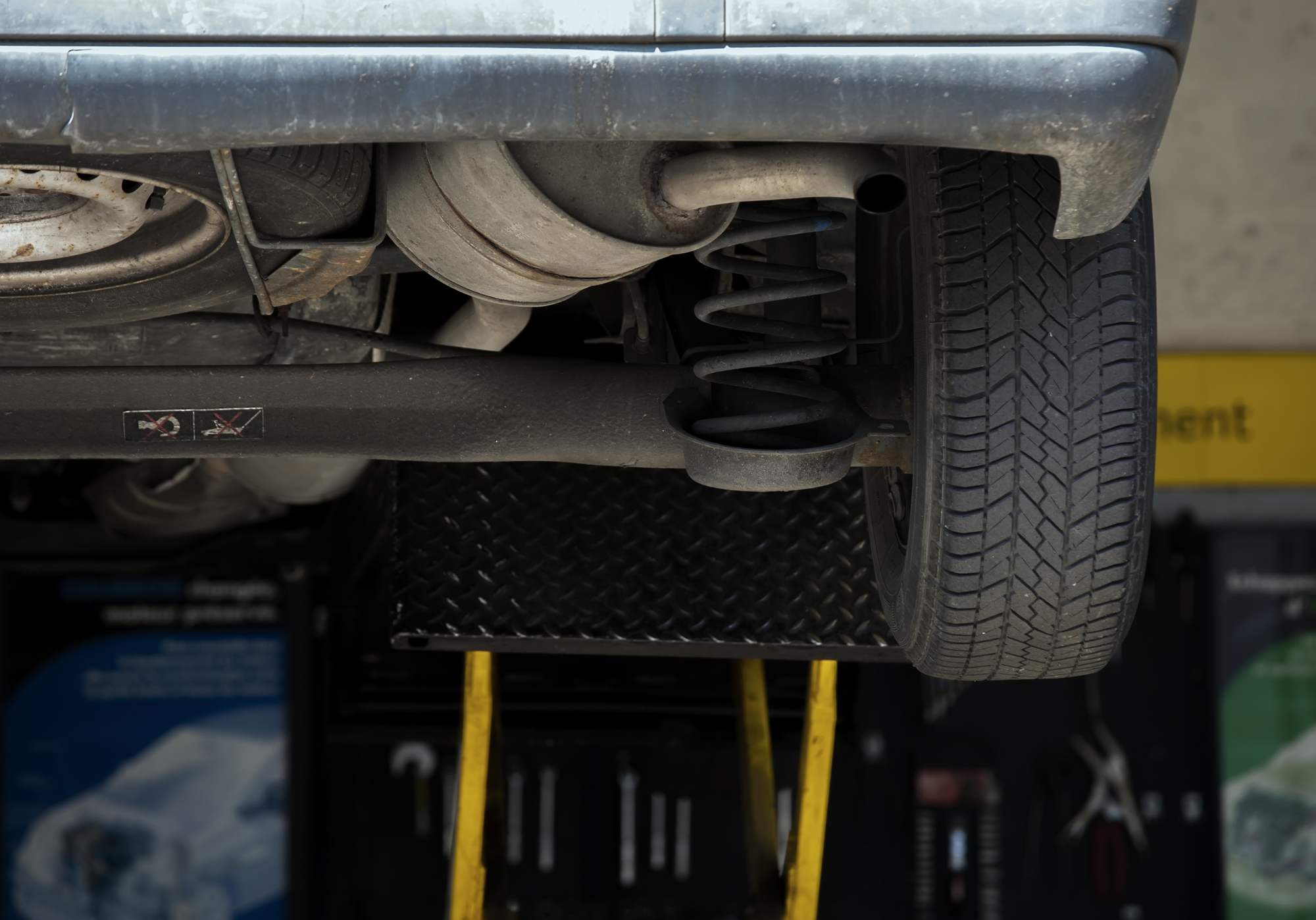Shocks and struts are components of a vehicle’s suspension system that keep it balanced and driving smoothly with all four wheels. If there’s a problem with these components, you’ll need to have the struts and shock replacement performed as soon as possible, or it will cause your car to handle unsafely on the road.
Do You Need to Replace the Shocks and Struts on Your Vehicle?
The shock absorbers in vehicles are designed to restrict the level of suspension motion by dampening spring oscillations. Similarly, the struts in vehicles reinforce the suspension’s active components to the same end result. Together the struts and shocks help vehicles handle the road smoothly and keep it from vibrating while traveling on rough roads. As a result of the interconnectedness of your vehicle’s system, problems are generally transmittable.
The following are signs that your car might need struts and shock replacement. Recognizing these signs immediately and having them fixed promptly can prevent even more damage.
Signs of Problems with Shocks or Struts
The most telling sign of problems with shocks and struts is if you’re experiencing a bumpy or shaky ride. Vehicles are designed to handle a certain amount of motion comfortably, so if you’re experiencing a shaky or bumpy ride, your struts or shocks are more than likely to blame.
Steering Issues
One of the first clues people notice when their vehicle needs new struts or shocks is inadequate steering response, which means the steering wheel feels stiff and challenging to turn. You may even hear unusual sounds when turning the steering wheel. In addition, you may notice that your car leans or sways on turns or when you change lanes.
Braking Problems
When struts are worn or impaired, the vehicle will compensate in different ways, including lack of stability when braking. If you notice a forward lurching feeling when you brake, have your shocks and struts checked out by an experienced mechanic.
Tire Wear
If your tires are starting to show wear patterns that are out of the ordinary, it may be time for struts and shock replacement. Suspension problems can lead to cupping in the tires (when scalloped dips or cups appear around the edge of the tire tread). Driving with cupped or scalloped tires can be extremely dangerous, so if you notice this type of wear, have the tires inspected asap.
When to Have Struts and Shock Replacement
Depending on driving conditions and the vehicle make/model, many require shock and strut replacement at around 50,000 miles. Instead of waiting until you notice problems, have your suspension checked when you reach the fifty-thousand-mile mark.
Struts and shock replacement can help prevent long-term damage to your vehicle. If you notice that something’s not quite right about the way your vehicle is handling, have the shocks and struts thoroughly inspected because when they go bad, the results can be dangerous.
To learn more about struts and shock replacement in Phoenix, contact us today.





